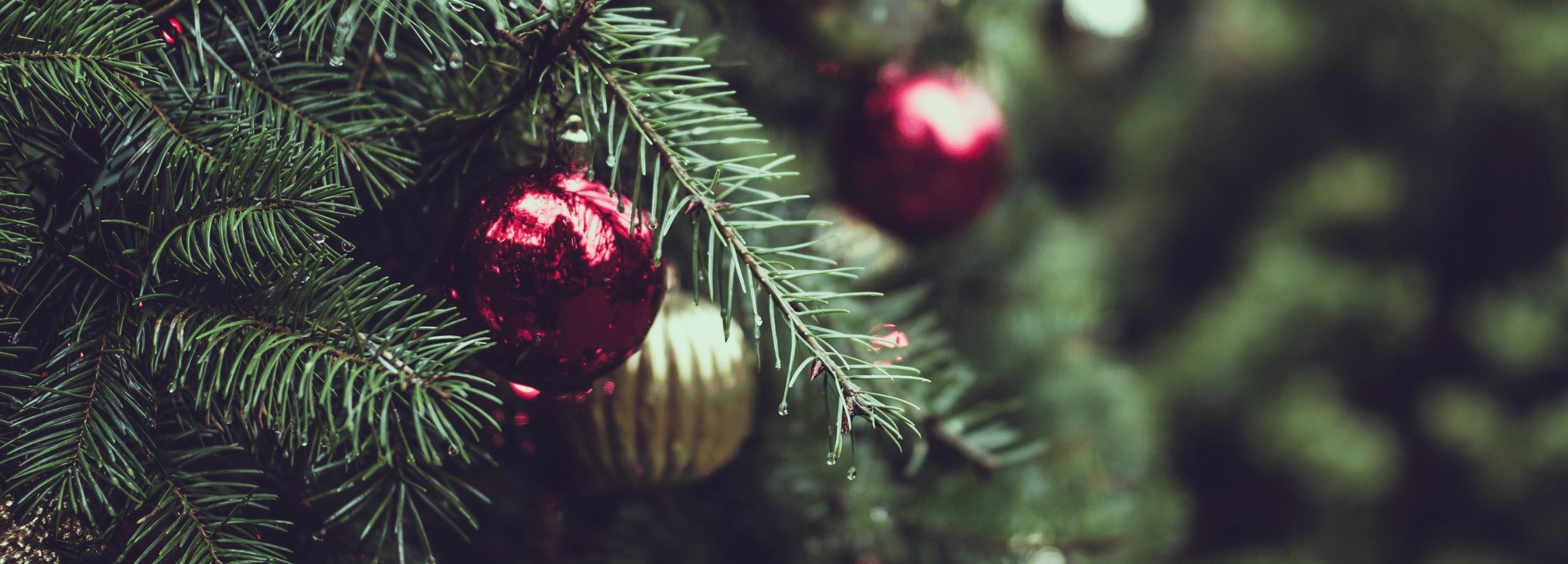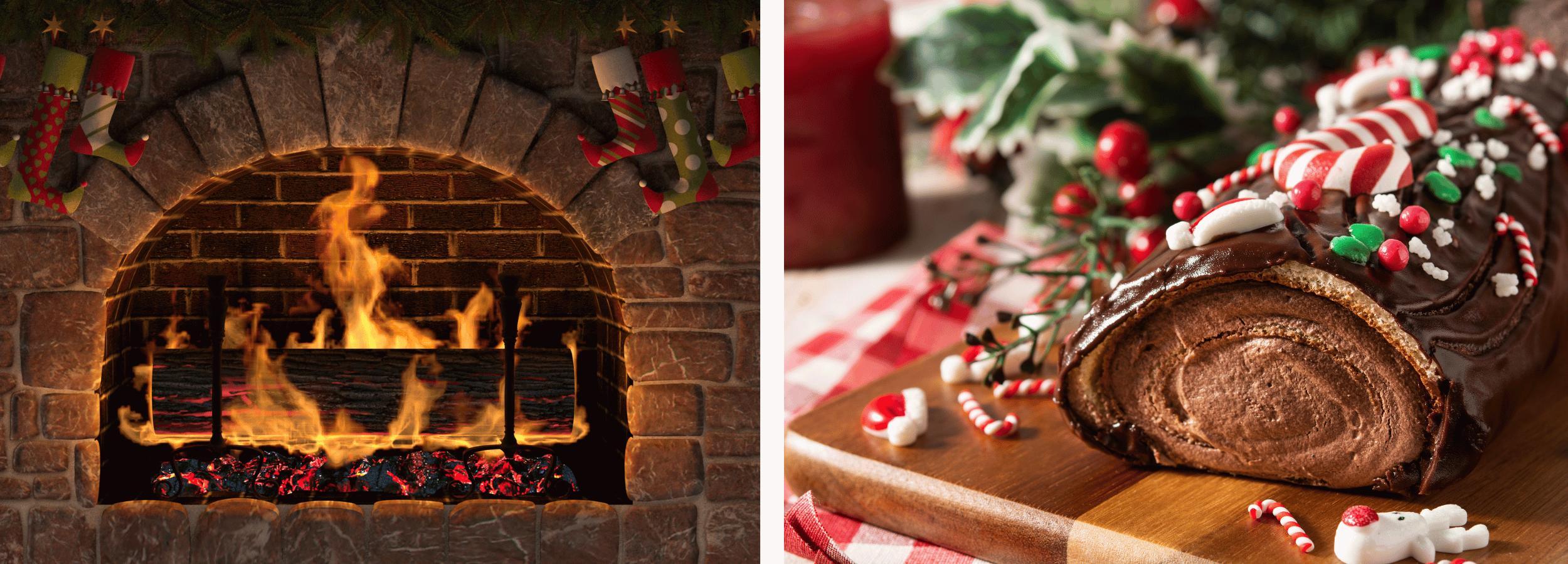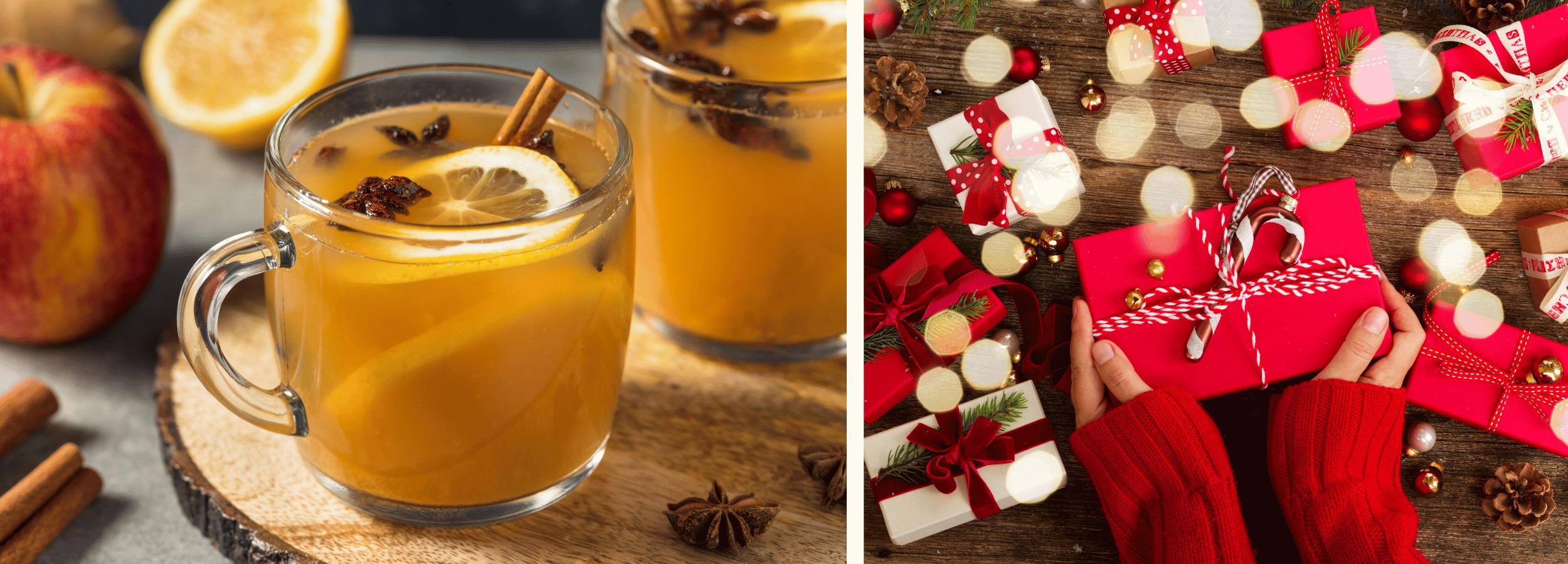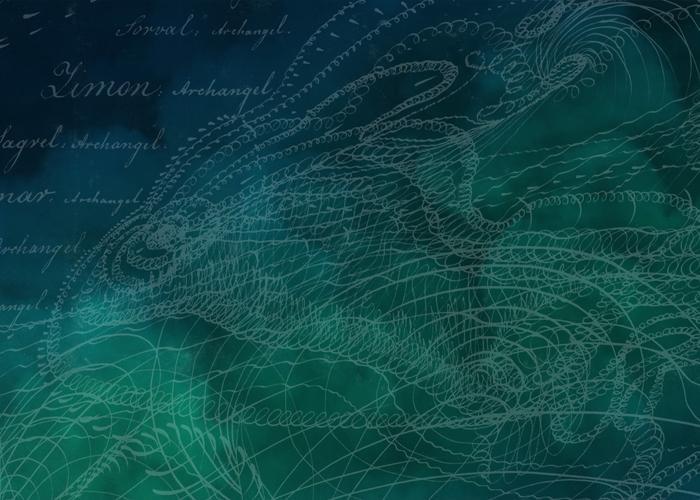The Winter Solstice marks the kernel of winter. It's the shortest day and longest night - from here, we start our ascent into summer's light. This sabbat is known as Yule in the Pagan wheel of the year. There are many ancient Yule traditions that have been carried through time into our contemporary festivities. Some of these Yule traditions may have been subsumed or eclipsed by Christianity, but their Pagan roots can be traced. Here are the Yule traditions that hark back to our Pagan ancestors...
1. The Christmas tree
Scholar John Matthews notes that evergreens have long been perceived as a metaphor for the immortality of nature and the deities of the natural world. Our Christmas tree is a nod to this age-old belief, symbolising everlasting life, protection and renewal. Matthews says in his wonderful book, The Winter Solstice: 'Just as the Midwinter fires celebrated the longed-for return of the sun, so did the evergreen tree signify the continuing presence of burgeoning life in the midst of Winter's sleep of death' (J Matthews, The Winter Solstice, 1998).

An interesting note that Matthews makes is that the first literary mention of a Christmas tree was in 1605, in Germany, where an anonymous writer writes: "At Christmas, they set up fir trees in the parlours of Strasbourg and hang thereon roses cut out of many coloured paper, apples, wafers, gold-foil, sweets etc" (A Tille, Yule and Christmas, London, 1899).
2. The Yule log
Burning a Yule log is an ancient Pagan tradition that brings warmth and light to the hearth - the heart of the home. The log, traditionally oak or holly in England, birch in Scotland and cherry in France - was decorated with red ribbons, strands of ivy and seasonal blossoms, and then burned in the hearth to bring warmth and light during the darkest time of the year. Reserve a piece of the Yule log from year to year to kindle the next year's fire, symbolising continuity and rebirth. Keep it safe, as it radiates luck into the home and those who live there. Nowadays, there are many reinterpretations of the Yule log for those who don't have a fireplace. Some will burn a large pillar candle in lieu of a log, others will serve up a chocolatey Bûche de Noël for dessert.

3. A Yule feast
Speaking of the Bûche de Noël, sharing meals and feasting with family and friends is a significant part of traditional Yule celebrations and has long been an integral aspect of Yule. Traditional Yule foods include roast meats, root vegetables, fruits, nuts, and spiced beverages like mulled wine or cider. Now is the time to enjoy the store of nature's bounty that we were fortunate to harvest this year. Tuck in with loved ones and celebrate the abundance and life-giving qualities of nature.
4. Gift giving
Exchanging gifts is a Yule tradition that began long before the three wise men made gift-giving a part of the Christian tradition. Matthews encourages us to honour the real meaning of gift giving, to make something for our loved ones with our own hands as a way of giving of ourselves. Wrap your gift in homemade paper and tie it with simple wool or twine. This is also a time to consider what you really want - and we mean, really want, beyond the latest iPhone! Whether it's a loving home, positive relationships, shining health, make a list of your true, heart-felt wishes as part of your Yule contemplations. These special heart's desires are what you will manifest over the coming year.

5. A Winter Solstice ceremony
According to the College's Witchcraft Tutor Rachel Patterson in her incredible book Beneath the Moon, December's magical energy is traditionally about endurance, death and rebirth. Now is the time for introspection, purification and meditation. It is cold and dark out there, making this an opportune time to go within and consider all that has been, and all that is year to come. Reflect on the past year's experiences, and set intentions for personal growth, renewal, and positive change in the year ahead. Many in The College of Psychic Studies community hold Winter Solstice ceremonies to mark this sacred point in the year, the heart of winter. Use this time, when the darkness is at its fullest, to go within, re-evaluate what you hold important and set intentions for the coming year. At Yule, our thoughts turn towards rebirth and the endless cycle of the seasons - what moves into darkness must eventually come out into the light.
6. Wassailing
The practice of wassailing was where Yule became all about a merry gathering! In ancient times, Yule tradition dictated that villagers should descend upon their local fruit orchards to bless and honour the trees and make as much noise as possible, clanging pots and pans and singing at the tops of their lungs. The effect of this was two-fold: Not only would it scare away any rogue spirits and unhelpful energies, it would also appease the spirits of the fruit trees, thus ensuring a hearty harvest in the coming year. The farmers would show their gratitude by liberal helpings of wassail - a hot drink of mulled cider - for all in attendance. Some would also wassail around the houses, wishing well to all the residents in exchange for gifts.
See what's on at The College of Psychic Studies:

Join our newsletter to receive updates on our seasonal Pagan celebrations, College events, articles like this one, and more.





